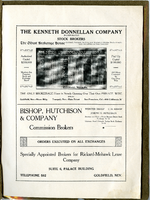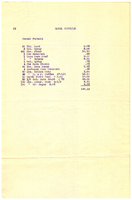Search the Special Collections and Archives Portal
Search Results
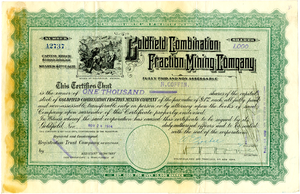
Certificate, Goldfield Combination Fraction Mining Company, November 24, 1914
Date
1914-11-24
Archival Collection
Description
Certificate, Goldfield Combination Fraction Mining Company, November 24, 1914
Image
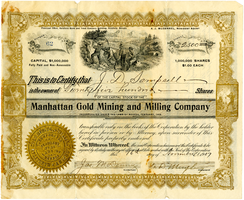
Certificate, Manhattan Gold Mining and Milling Company, November 16, 1907
Date
1907-11-16
Archival Collection
Description
Certificate, Manhattan Gold Mining and Milling Company, November 16, 1907
Image
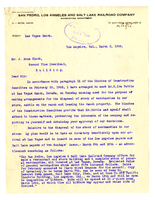
Letter from H. I. Bettis to J. Ross Clark, March 3, 1905
Date
1905-03-03
Archival Collection
Description
Letter from H. I. Bettis to J. Ross Clark, March 3, 1905
Text
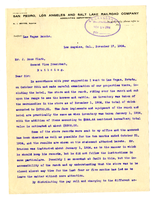
Letter from H. I. Bettis to J. Ross Clark, November 17, 1904
Date
1904-11-17
Archival Collection
Description
Letter from H. I. Bettis to J. Ross Clark, November 17, 1904
Text
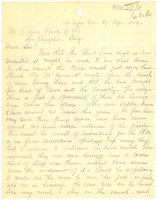
Letter from J. K. W. Bracken to J. Ross Clark, April 27, 1903
Date
1903-04-27
Archival Collection
Description
Letter from J. K. W. Bracken to J. Ross Clark, April 27, 1903
Text
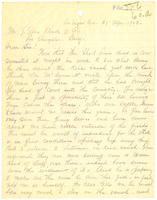
Letter from J. K. W. Bracken to J. Ross Clark on employees and wages, April 27, 1903
Date
1903-04-27
Archival Collection
Description
Letter from J. K. W. Bracken to J. Ross Clark on employees and wages, April 27, 1903
Text
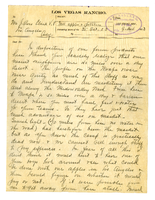
Letter from J. K. W. Bracken to J. Ross Clark, November 12, 1903
Date
1903-11-12
Archival Collection
Description
Letter from J. K. W. Bracken to J. Ross Clark, November 12, 1903
Text
Pagination
Refine my results
Content Type
Creator or Contributor
Subject
Archival Collection
Digital Project
Resource Type
Year
Material Type
Place
Language
Records Classification

